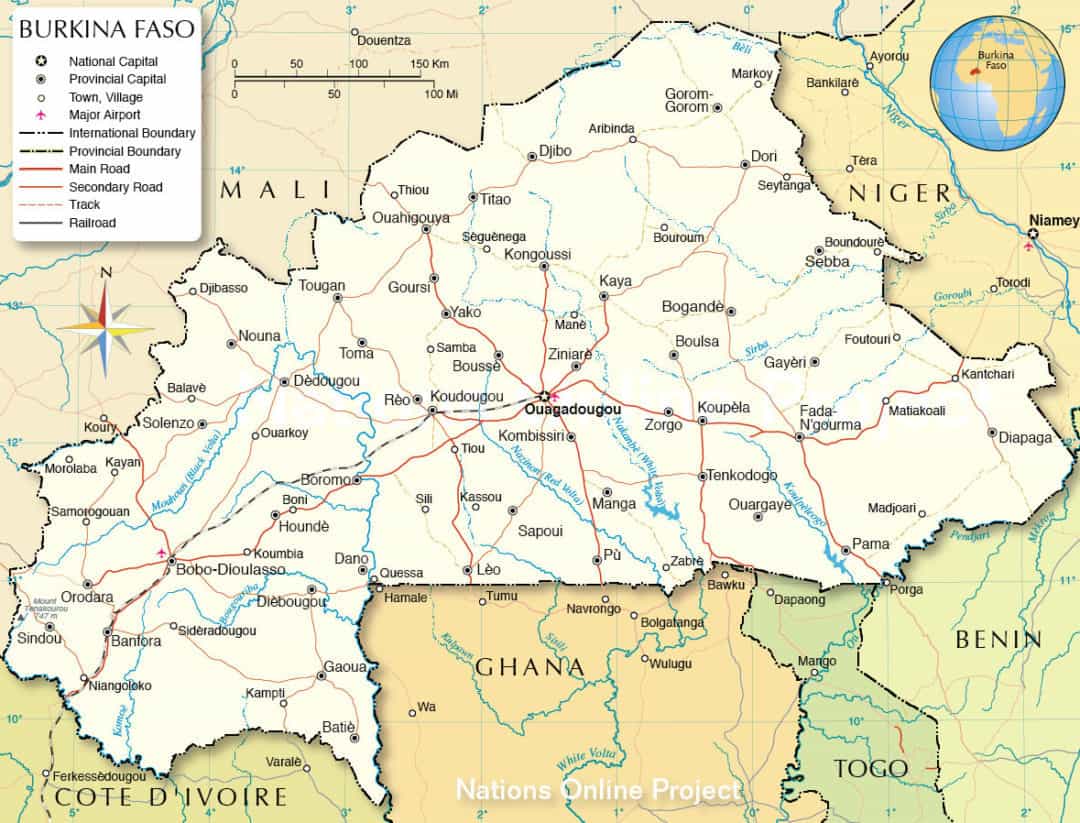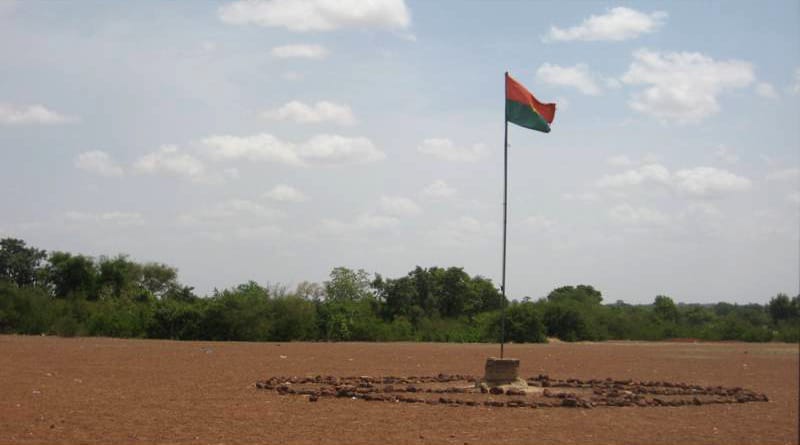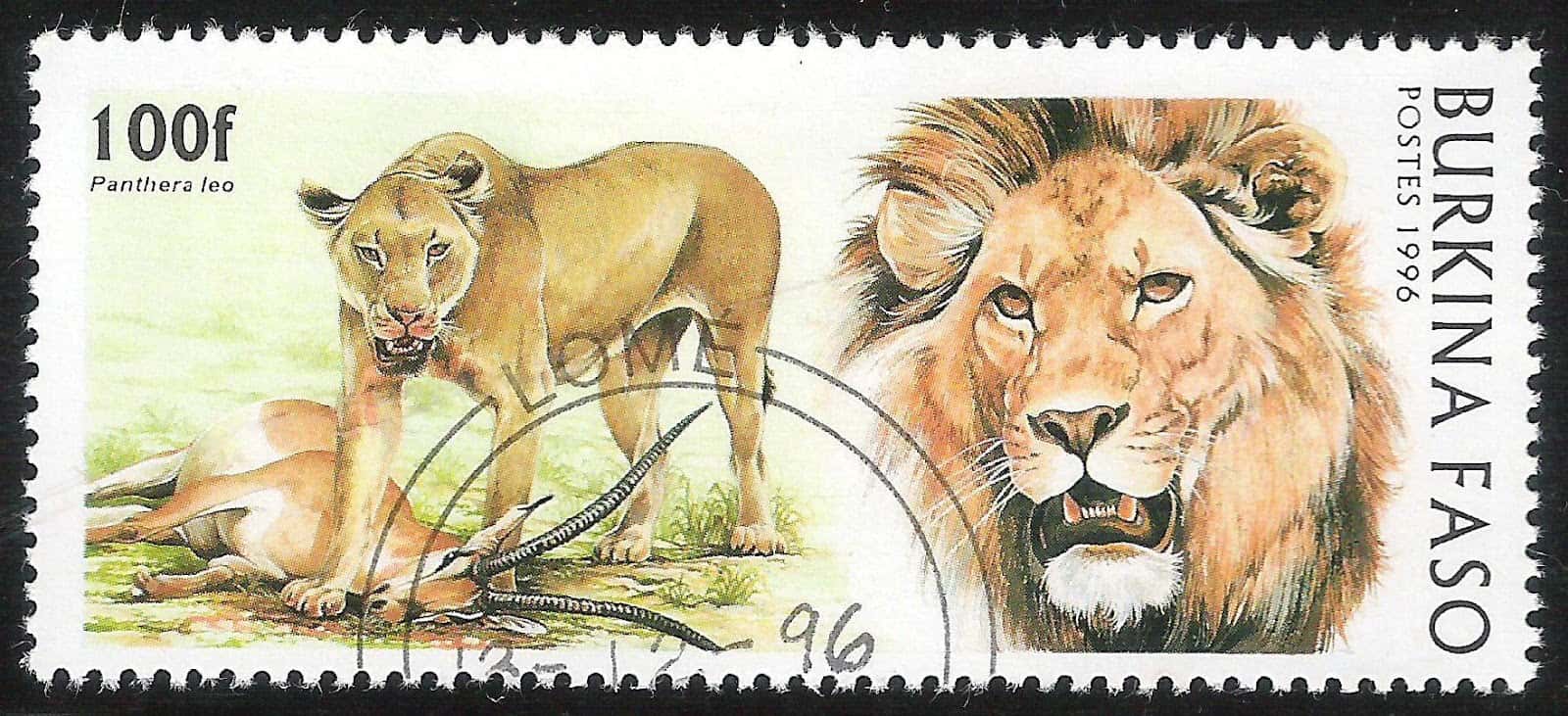A Country in the Heart of West Africa

An independent state since August 5, 1960, Burkina Faso, formerly called the Upper Volta, has a population of 20 million and covers an area of 272, 000 sq km – about the size of Italy, the state of Colorado or New Zealand.
Burkina Faso is a landlocked country in the heart of West Africa, sharing its borders with six countries -Mali, Niger, Benin, Togo, Ghana, and Côte d’Ivoire. The Atlantic Ociean is at a distance of 1,000 km, where the ports of Abidjan (Côte d’Ivoire), Lomé (Togo) and Tema (Ghana) provide international trade access for most Burkinabè exports.
78 % of Burkina Faso’s population is living in rural areas. 45 % of the population is less than 15 years old and 65 % of the population is younger than 25 years. Today, about 3 million people are estimated to live in Ouagadougou, the capital city. And , more than 1.5 million people in Bobo Dioulasso, the country’s second largest city.
Burkina Faso is a secular state peopled with 62 % Muslims, 23 % Catholics, 4 % Protestants and 7 % Animists.
Not only a Country, a Civilization
Burkina Faso is known for its peaceful coexistence of over 60 different ethnic groups who are used to mixing and proud of their culture. The country is blessed by its rich cultural heritage with its Gourmantché dansers, Lobi and Senufo sculptors, Gourounsi architects, pastoral Fulani, Bissa farmers, its desert lords the Tuareg and Bobo musicians and the history of its Mossi Empire dating back to the 15th century.
The ruins of Loropéni have been classified by the UNESCO as “works of outstanding universal value”, entering the exclusive “World Heritage” club on June 26, 2009. The imposing lateritic walls date back for a millennium and bear the witness to the power of trans-Saharan gold trade that flourished for eight hundred years in West Africa.
From the mid-90s on, Burkina Faso became the heartland of African cinema, theatre and design. Ouagadougou is famous for its Pan African film festival Fespaco. In 1990, the International Art and Craft Fair (SIAO) was established, becoming one of the most important African handicraft fairs.
Main Social and Economic Performances
 Burkina Faso is an arid country with a dry tropical savanna climate. Although water-scarce, governments and donor agencies alike considered water supply in Burkina Faso one of the rare development success stories in sub-Saharan Africa.
Burkina Faso is an arid country with a dry tropical savanna climate. Although water-scarce, governments and donor agencies alike considered water supply in Burkina Faso one of the rare development success stories in sub-Saharan Africa.
In spite of the difficulty in obtaining resources, Burkina Faso has made substantial progress in several fields such as education, health and housing. Since 2005, its methods in fighting HIV/Aids, in boosting education of girls and eliminating FGM, became a model of best practices in the region.
Unfortunately, prevalence of HIV/Aids which reached 7.2% in 1997 and has impressively fallen to less than 1% in 2014, went up again estimated to bypass 3% in 2016.
The country became since the mid-1990s Africa’s leading cotton producer and from 2010 on, also the continent’s third largest gold producer. Burkina’s poverty rates declined sharply, from 71 % in 1990 to 46.7 % in 2009. In 2014, 40 % of the population was living under the national poverty line of 154 061 FCFA (308 $US) compared to the sub-Saharan African average of 41 %.
Colonial history
The French colony Upper Volta was created in 1919 a merger of the kingdoms of the Mossi empire and non-state societies living to the south and west of these kingdoms.
Throughout its colonial history, this territory, which provided the French with a pool of labour, had unstable borders. From 1932 to 1947, it was dismembered and shared between its neighbours: Côte d’Ivoire, Niger and what is now Mali. Reconstitution of the territory was one of the driving forces that led to the country’s independence, in 1960.
Political history since 1960
From 1960 until 1987, the country has witnessed 6 military coups and has known 3 different Constitutions. Governance was nearly entirely carried out by politico-military regimes: from the 5 presidents heading the young republic, 4 belonged to the military. All of them were ousted by force from the presidency and were put under house arrest, except for captain Thomas Sankara who was killed during the coup of October 15, 1987.
Captain Blaise Compaoré, then 36, took over one of the world’s poorest countries. According to International Crisis Group, “given the country’s history of social struggle and Marxist-inspired revolutionary tendencies, the merit of changes Compaoré brought for enabling democracy, is undeniable”. Growing up under curfew was no longer part of the Burkinabè’s daily life reality.
This social stability and the increasing credibility enjoyed at political and diplomatic levels, has helped Burkina Faso to be considered from 1993 to 2014 as a model for resolving crisis in a region that has remained troubled by security as well as political and health crises.
President Compaoré was ousted from power on October 31st, 2014 by a popular revolution and a coup d’état by uniformed officers. The same day, a power struggle within the military junta followed, bringing in memory the instable times before the Compaoré-era.
“Given the country’s history of social struggle and Marxist-inspired revolutionary tendencies, the merit of changes Compaoré brought for enabling democracy, is undeniable”.
International Crisis Group, 2013
Burkina Faso since 2015, victim of terrorism
Roch Marc Christian Kaboré, Burkina’s current President was democratically elected on November 30th, 2015. His administration is facing multiple challenges. Since the departure of President Compaoré on 31 October 2014 until 30 September 2017, the country has suffered 345 days of strikes. With economic deadlock installed since 2015 when most foreign investors left the country, many Burkinabè businessmen and youth moved to neighboring countries, particularly to Côte Ivoire, in search of better opportunities. Furthermore, Burkina Faso is facing since last year serious problems in water supply and energy. GDP that reached an all-time high of 12,26 $ billion in 2014, fell to 10,68 $ billion in 2015.
Burkina’s Faso’s strategic position on the edge of the Sahara makes it a bridgehead for surveillance of the Sahel-Saharan region. After the fall of the Compaoré regime and the reorganization of the Burkinabé armed forces, Burkina Faso – which had played a major role against terrorism – gradually became the target of attacks in its northern region. Once a key alley in the fight against terrorism, Burkina Faso as the French newspaper Le Monde wrote on April 9, 2017, became victim of regular terrorist attacks.
Many have been killed since the first attack in the heart of the capital on 15 January 2016 that left 30 people dead and 71 wounded. The attack was claimed by Al-Qaida in the Islamic Maghreb.
Ansarul Islam, created by Malam Ibrahim Dicko, a preacher from the Soum province, is also very active. Many terrorist acts in the Sahel region were perpetrated by this armed group. On February 28, 2017, French newspaper Le Figaro wrote that Burkina Faso has become “a new breeding ground for the Islamist insurrection movement.”
In the North, the situation is critical. Teachers were killed in front of their pupils by terrorists, simply for teaching in French and not in Arabic as imposed by the extremist movements. Several schools are deserted today in this region bordering Mali. The teachers and the populations who live in fear of terrorism feel abandoned by the State.
On September 4, 2017, the United States Embassy in Burkina Faso evacuated all 124 Peace Corps volunteers from the West African country due to security reasons.
Since July 2018, the number of attacks has increased in the north and east of the country. A first attack struck the heart of the capital on January 15, 2016, with a death toll of 30 dead and 71 wounded. This attack was claimed by Al Qaeda in the Islamic Maghreb. Burkina Faso counts 201 terrorist attacks to date.
According to the French newspaper Le Monde of September 29, 2018 “The security forces have been considerably weakened by the departure of President Blaise Compaore in October 2014. In addition, the intelligence capabilities are far too weak to have any effectiveness”.
Today’s death toll of terrorist’s attacks since January 15, 2016 is high: 558 people, (Feb. 11.2019). According to official statements of the Ministry of Defence and Human Rights Watch (HRW), 446 civilians and 272 military were killed and 272 people wounded. 352 targeted killings were carried out, including an ethnic massacre of 210 Peuhls by organized militia (Koglwéogo) in Yirgo, on February 2, 2019.
The meaning of Burkina Faso
On August 4, 1984, during the Revolution, the country was named Burkina Faso which means land (Faso in Dyula language) of the upright people (Burkina in Mooré language). Its citizens are called Burkinabè. The “bè” suffix added onto “Burkina” comes from the Fulani or Fulbè language and means men or women.



